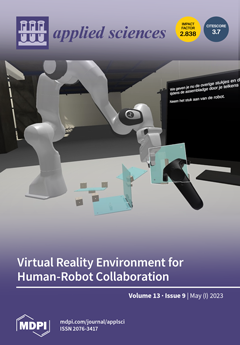Air pollution has been a global issue that solicits proposals for sustainable development of social economics. Though the sources emitting pollutants are thoroughly investigated, the transportation, dispersion, scattering, and diminishing of pollutants in the spatiotemporal domain are underexplored, and the relationship between these
[...] Read more.
Air pollution has been a global issue that solicits proposals for sustainable development of social economics. Though the sources emitting pollutants are thoroughly investigated, the transportation, dispersion, scattering, and diminishing of pollutants in the spatiotemporal domain are underexplored, and the relationship between these activities and atmospheric and anthropogenic conditions is hardly known. This paper proposes machine learning approaches for the spatiotemporal analysis of air pollution episode associations. We deployed an internet of low-cost sensors for acquiring the hourly time series data of PM
2.5 concentrations in Puli, Taiwan. The region is resolved into 10 × 10 grids, and each grid has an area size of 400 × 400 m
2. We consider the monitored PM
2.5 concentration at a grid as its gray intensity, such that a 10 × 10 PM
2.5 image is obtained every hour or a PM
2.5 video is obtained for a time span. We developed shot boundary detection methods for segmenting the time series into pollution episodes. Each episode corresponds to particular activities, such as pollution concentration, transportation, scattering, and diminishing, in different spatiotemporal ways. By accumulating the concentrations within the episode, we generate a condensed but effective representation for episode clustering. Three clustering approaches are proposed, ranging from histogram-, edge-, and deep-learning-based. The experimental results manifest that the episodes contained in the same cluster have homogeneous patterns but appear at different times in a year. This means that some particular patterns of pollution activities appear many times in this region that may have relations with local weather, terrain, and anthropogenic activities. Our clustering results are helpful in future research for causal analysis of regional pollution.
Full article





